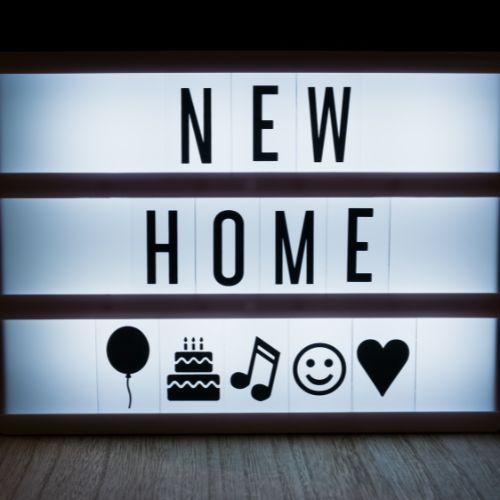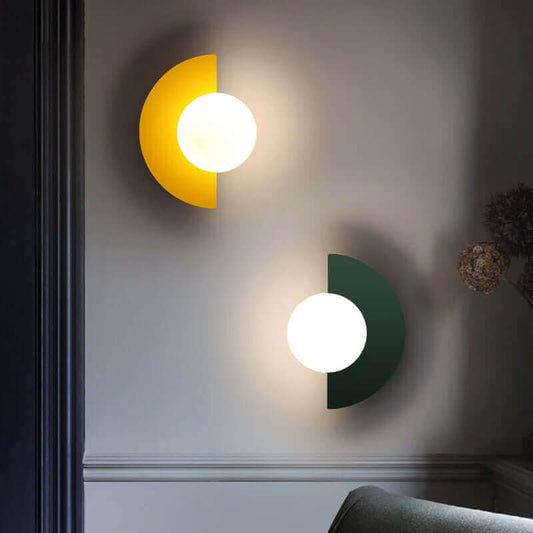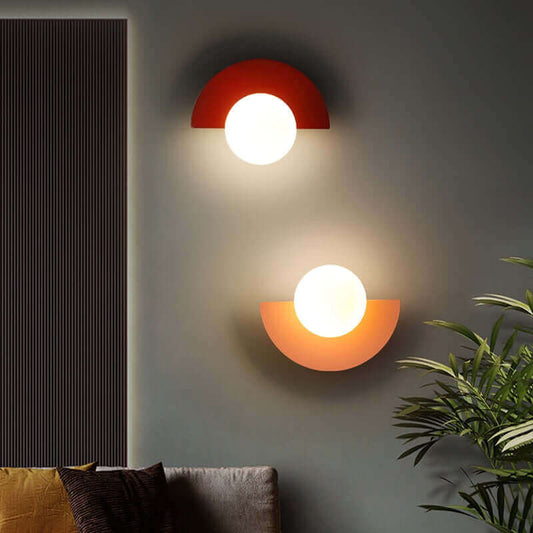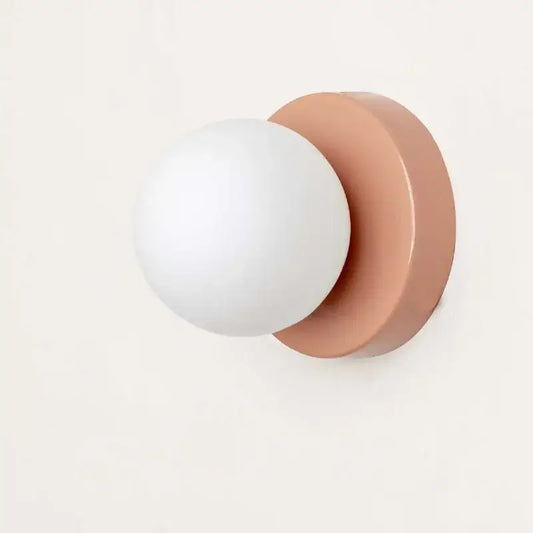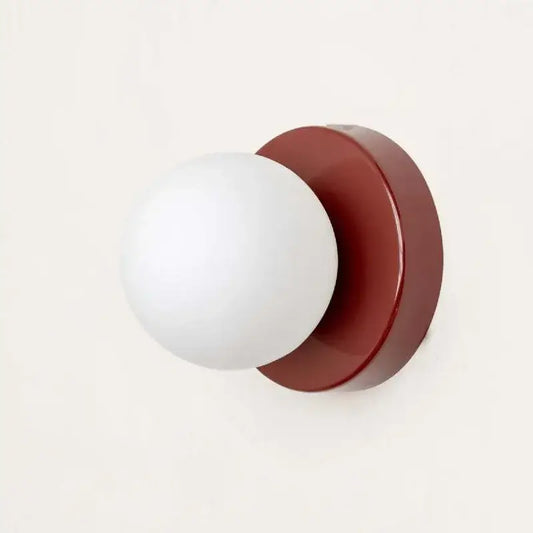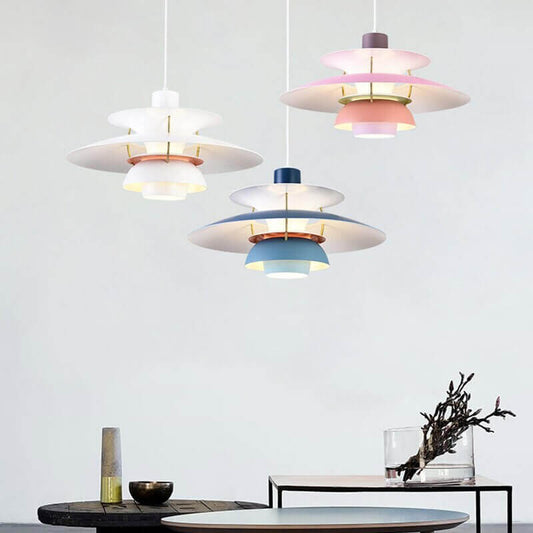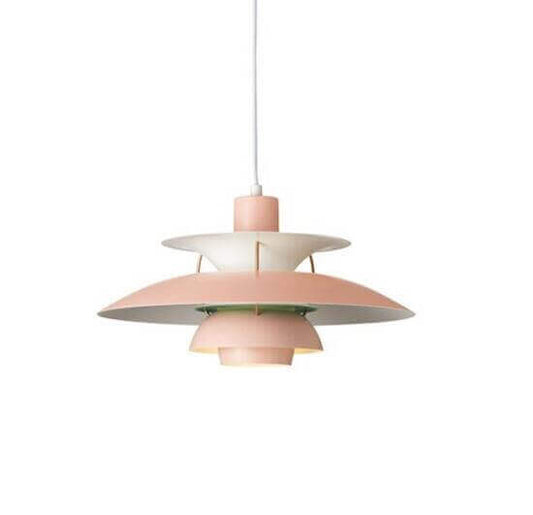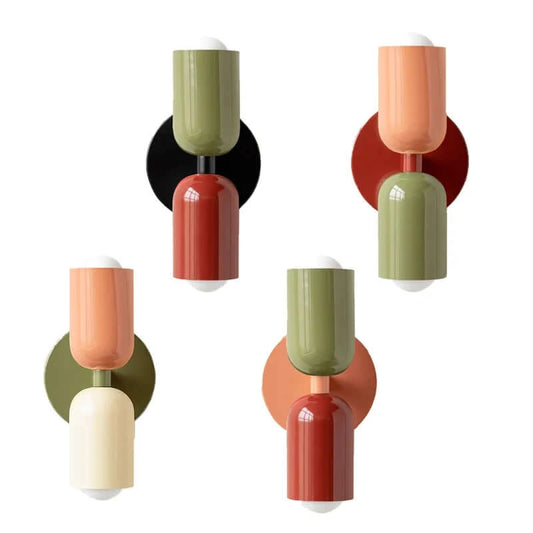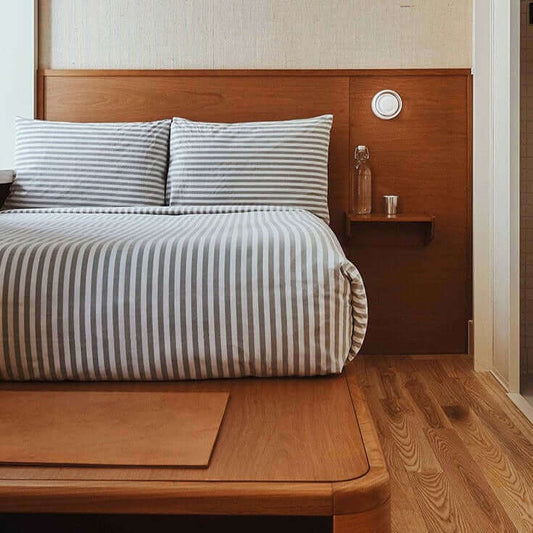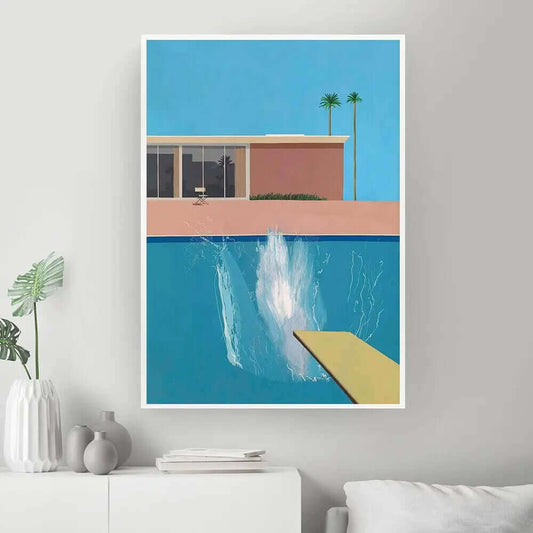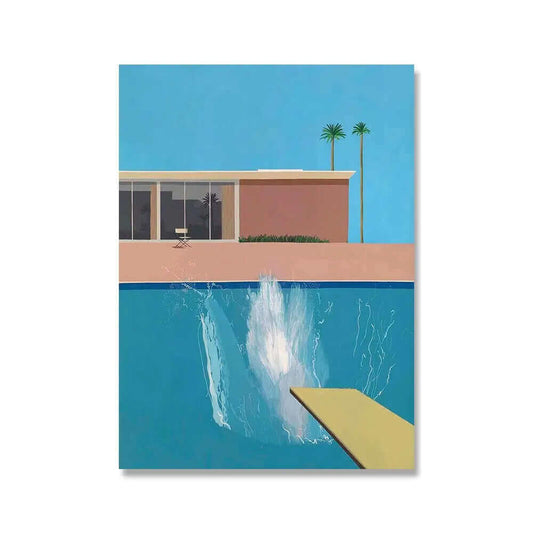When it comes to home decor, the colors you choose can make or break the overall ambiance of your space. Understanding color theory is essential for creating an inviting, harmonious environment in your home. In this blog post, we will explore the basics of color theory, how to apply it to your home, and tips for using unique decorations, such as Macrame Wall Decorations, to elevate your decor. Get ready to unleash your inner designer!
The Basics of Color Theory
What is Color Theory?
Color theory is a set of principles used to understand how colors interact with one another. It encompasses the color wheel, color harmony, and the emotional impact of colors. By learning how to apply color theory to your home decor, you can create spaces that are not only aesthetically pleasing but also evoke specific feelings and moods.
The Color Wheel: Your Best Friend
The color wheel is a circular diagram that organizes colors based on their relationships to one another. It includes primary, secondary, and tertiary colors:
- Primary Colors: Red, Blue, Yellow
- Secondary Colors: Green (Blue + Yellow), Orange (Red + Yellow), Purple (Red + Blue)
- Tertiary Colors: Colors made by mixing a primary and a secondary color, such as Red-Orange or Blue-Green.
Understanding the color wheel can help you create effective color schemes for your home decor.
Creating Color Harmonies
Complementary Colors
Complementary colors are those that sit opposite each other on the color wheel. They provide high contrast and can energize a space. For example, pairing blue with orange creates a vibrant look that draws attention. You can implement this in your home by using a Macrame Wall Decoration in one color and painting the wall in its complementary shade.
Analogous Colors
Analogous colors are located next to each other on the color wheel and typically match well to create serene and comfortable designs. For instance, blending greens, blues, and teals can create a calming atmosphere in any room. You might consider utilizing a series of Macrame Wall Decorations in those shades to tie the room together harmoniously.
Triadic Colors
Triadic color schemes consist of three colors that are evenly spaced around the color wheel, providing a rich and balanced look. For example, red, yellow, and blue can create a bold statement. When designing your decor, aim for a dominant color and use the others as accents for a dynamic balance.
The Emotional Impact of Colors
Warm vs. Cool Colors
Colors can elicit emotional responses and affect the feel of a room. Warm colors (reds, yellows, oranges) tend to be energizing and can make spaces feel cozy. Cool colors (blues, greens, purples) are calming and can create a sense of spaciousness. Consider the mood you want to set for each room in your home when selecting colors.
Color Psychology
Understanding color psychology can greatly influence your interior design choices. Here are some common emotional associations with popular colors:
- Red: Passion, energy, excitement
- Blue: Calmness, trust, stability
- Yellow: Happiness, optimism, warmth
- Green: Balance, growth, tranquility
- Purple: Creativity, luxury, spirituality
Incorporating these colors into your home decor can help you create the desired atmosphere for every space.

Applying Color Theory to Your Home Decor
Choosing the Right Base Color
Your base color sets the tone for the entire room. It’s essential to choose a color that reflects your style while also being versatile enough to allow for accent colors. Neutral colors like whites, beiges, and grays are perfect starting points as they can easily adapt to various decor styles.
Accent Colors: Adding Visual Interest
Once you have your base color, it’s time to select accent colors. These colors can be introduced through furniture, artwork, and decorative items, such as unique Macrame Wall Decorations. Accent colors are not just limited to paint; consider throw pillows, rugs, and wall art to bring in those vibrant hues.
Trendy Color Combinations for Your Home
Earthy Tones and Natural Elements
Earthy tones are making a comeback and are perfect for creating a warm and inviting atmosphere. Combining browns, greens, and deep reds can forge a connection to nature. Incorporate Macrame Wall Decorations to enhance this earthy vibe; they add texture and warmth to your walls while complementing the natural color palette.
Modern Monochromes
A monochromatic color scheme utilizes various shades and tints of a single color. This can create a sophisticated look that is both modern and timeless. For instance, layering shades of blue from navy to sky blue can create depth. Spice it up with different textures and materials, like a stylish macrame piece, to maintain visual interest.
Tips for Enhancing Your Home Decor with Color
Start Small, Scale Up
If you're uncertain about how a color will look in your space, start with small, inexpensive items like cushions or artwork. This approach allows you to test the waters before committing to larger changes like paint or furniture. Consider showcasing a striking Macrame Wall Decoration as a focal point to see how it interacts with your chosen colors.
Think About Lighting
Lighting can drastically change the way colors appear in your home. Natural light makes colors look brighter and true, while artificial lighting can cast different tones. Ensure that your color scheme looks good in various lighting conditions by testing paint swatches on your walls at different times of the day.
Personalize Your Space
Your home should tell your story. Don't be afraid to incorporate personal touches such as family photos, artwork, or home-created decorations alongside traditional decor items. Macrame Wall Decorations can enhance this personalization, making your decor uniquely yours.
Transforming Rooms with Color
The Living Room
Create a welcoming environment with a balanced color palette. Warm tones can promote interaction and comfort. Choose a neutral base and add colorful accents through artwork or decorative pieces. Don't forget the importance of a stunning Macrame Wall Decoration to draw the eye as a focal point.
The Bedroom
Your bedroom should be a sanctuary. Consider using soft, cool colors that promote relaxation. Shades like light blues or greens can create a peaceful ambiance, while accent pillows and wall hangings can add pops of color.
The Kitchen
Bright and inviting kitchens often feature cheerful colors like yellows or greens. These can boost your mood while cooking and entertaining. Consider open shelving to showcase colorful dishes and add a Macrame Wall Decoration to infuse warmth and personality into the space.
Wrapping It Up with Your Unique Touch
Incorporating the principles of color theory into your home decor can drastically alter your space, making it not only visually appealing but also emotionally rewarding. Remember to experiment with various shades and combinations that suit your style and preferences. Whether you're introducing small decorative elements like Macrame Wall Decorations or rethinking the entire color scheme, embrace color as a powerful design tool. Start your journey today and watch your home transform into a stunning reflection of your personality and creativity!
